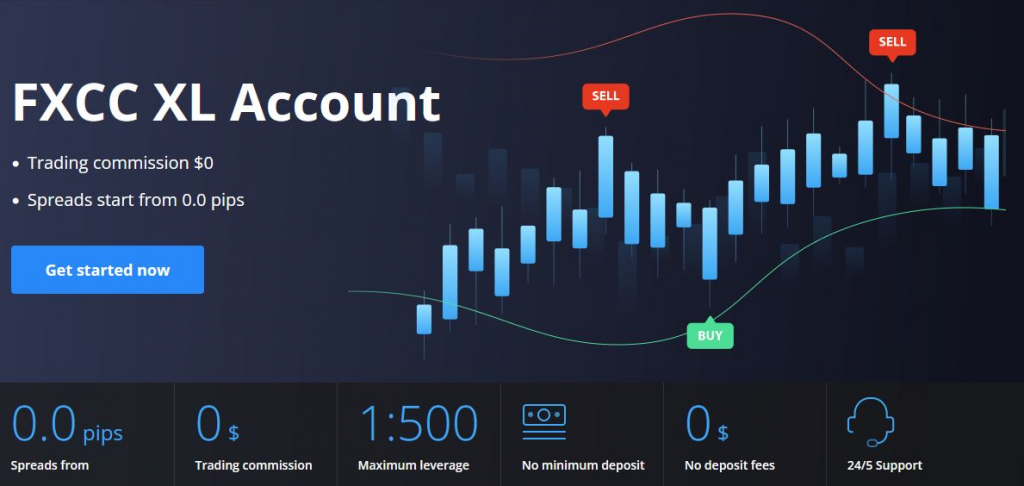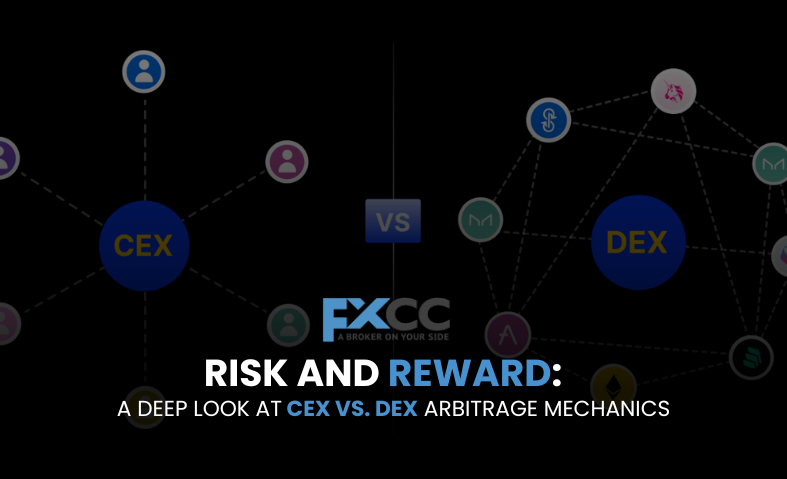The cryptocurrency world is a dynamic arena, constantly presenting new avenues for profit, but none perhaps as intellectually rigorous as arbitrage between Centralized Exchanges (CEXs) and Decentralized Exchanges (DEXs). This isn’t merely about buying low and selling high; it’s an intricate interplay of technological prowess, market understanding, and lightning-fast execution. The underlying mechanics of how prices diverge and the distinct operational landscapes of CEXs and DEXs create a unique challenge, laden with both tantalizing rewards and substantial risks.

The Digital Divide: Why Prices Shift
Price discrepancies, the very bedrock of arbitrage, aren’t random occurrences in the crypto ecosystem. They are a direct consequence of the fundamental differences in how CEXs and DEXs function. Centralized exchanges operate as traditional financial institutions, with order books that aggregate vast pools of liquidity. Their prices are rapidly influenced by institutional trades, large-volume transactions, and the constant ebb and flow of fiat currency. Trades execute off-chain, within the exchange’s internal ledgers, boasting incredible speed and efficiency.
In stark contrast, decentralized exchanges operate directly on blockchain networks, where prices are dynamically set by Automated Market Makers (AMMs) drawing from robust liquidity pools. Here, prices are determined by algorithms based on the ratio of assets within these pools. Every transaction is an on-chain event, requiring network confirmations and incurring fluctuating “gas” fees. Discrepancies emerge when information isn’t perfectly symmetrical, when liquidity becomes imbalanced on one platform, or when network congestion on a blockchain hinders rapid DEX participation. A sudden, large trade on a CEX might not immediately register on a DEX, or a new token listing on one platform might cause a temporary localized price surge. These fleeting moments, mere blips on the market’s radar, are the arbitrageur’s prime target.
The CEX Advantage: Speed, Scale, and Centralized Control
Centralized exchanges offer a compelling environment for arbitrage due to their inherent speed and deep liquidity. Their advanced matching engines can process millions of orders in fractions of a second, allowing for near-instantaneous execution once a profitable opportunity is identified. This is paramount in volatile crypto markets where prices can swing dramatically within milliseconds. The depth of their order books also means larger trades can be executed with less “slippage” – the difference between the expected price and the actual execution price.
Yet, this streamlined control brings with it a distinct set of inherent difficulties. While internal trades are swift, moving assets between CEXs, or from a CEX to a DEX, involves blockchain transfer times and often withdrawal limits, which can cause an arbitrage window to close before funds arrive. The custodial nature of CEXs also introduces counterparty risk; funds are held by a third party, making them vulnerable to exchange hacks, regulatory freezes, or even insolvency. Additionally, KYC (Know Your Customer) and AML (Anti-Money Laundering) requirements, while essential for compliance, can introduce friction and delays in setting up accounts across multiple platforms, hindering quick diversification.
The DEX Paradox: Decentralization, Gas, and Unpredictable Costs
DEXs embody a core philosophy centered on user autonomy and unconstrained participation. Without the need for KYC, anyone with a cryptocurrency wallet can participate, fostering innovation and often presenting arbitrage opportunities in emerging or niche markets that may not yet be available on centralized platforms. The transparency of on-chain transactions is another benefit, as all activities are publicly verifiable.
Despite these ideals, DEX arbitrage introduces a different layer of complexity and risk. The most significant hurdles are gas fees and slippage. Every action on a DEX, from approving a token to executing a swap, requires a gas fee, which can be highly volatile, especially during network congestion. These unpredictable costs can quickly erode or even negate small arbitrage profits. A failed transaction, for instance, still incurs gas costs, a particularly frustrating “phantom” expense. Furthermore, the AMM model means that large trades can significantly impact the price within a liquidity pool, leading to considerable slippage if not carefully managed. Another critical consideration is smart contract risk; DEXs rely on code, and while often audited, vulnerabilities can exist, potentially leading to exploits and loss of funds – a technical risk absent in the CEX environment where the exchange itself bears the primary security burden.
The High-Stakes Game: Beyond the Obvious Risks
Successful CEX vs. DEX arbitrage transcends simply understanding gas and slippage; it demands an appreciation for more subtle, yet impactful, risks. In a multi-chain world, opportunities can span different blockchains, introducing bridging risks, increased latency, and compounded network fees. On DEXs, the threat of “front-running” is constant, where sophisticated bots can observe pending transactions in the mempool and execute their own trades first, effectively stealing the arbitrage profit. This is a facet of Maximal Extractable Value (MEV), a continuous battleground for arbitrageurs.
Regulatory uncertainty also looms large, potentially impacting operations or even freezing funds, particularly for CEXs. Even rarer but still relevant is the risk of an “orphan block,” where a confirmed arbitrage trade might be in a block that’s later discarded from the main blockchain, reversing the transaction but still incurring associated costs on the CEX side. Finally, maintaining a balanced “inventory” across multiple exchanges is crucial; lacking sufficient capital on one side of a profitable trade means missing the opportunity or resorting to costly rebalancing.

The Bottom Line: Automation is King
For the vast majority, manual CEX vs. DEX arbitrage is a non-starter. The speed and precision required necessitate algorithmic trading bots that can continuously monitor prices across dozens of platforms, execute near-simultaneous trades, dynamically adjust for gas fees, and manage slippage. While the promise of rapid, steady gains from market discrepancies remains highly attractive, the battle for these opportunities is relentlessly intense. Sustained success in this domain is not about stumbling upon a hidden gem; it’s about a relentless, analytical approach, underpinned by robust technical infrastructure and constant adaptation to the ever-evolving crypto landscape. It’s a challenging, yet compelling, testament to the dynamic nature of digital markets, where only the swiftest and most precise capture the rewards.


